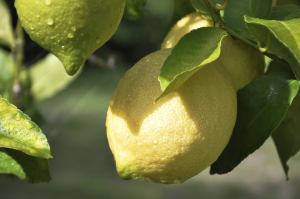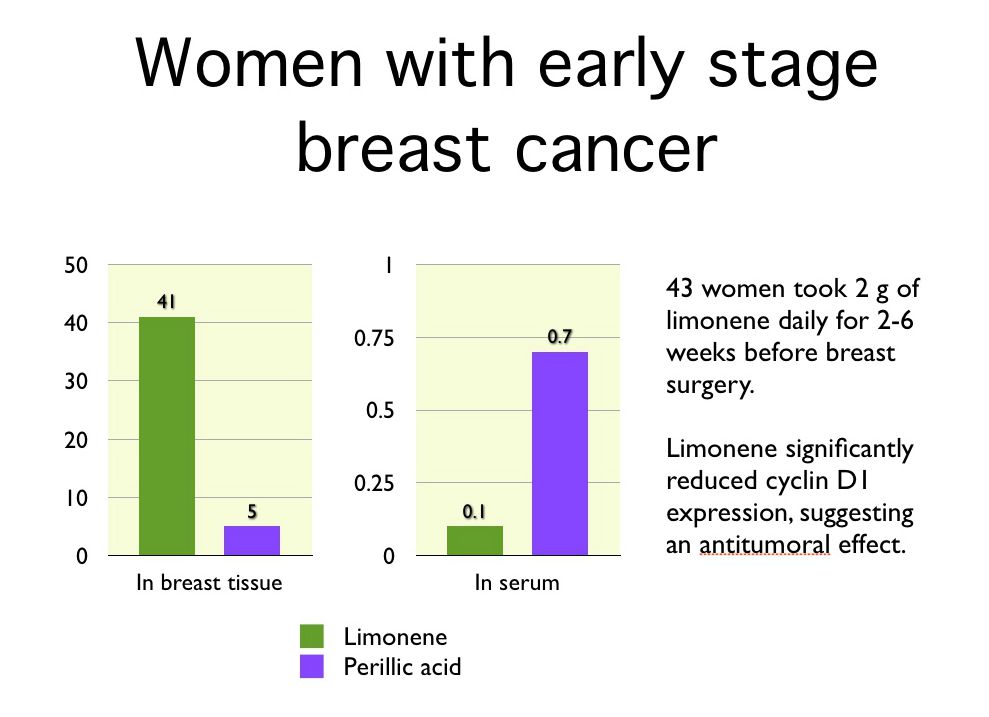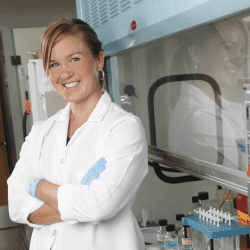Captain_Coconut
Member
- Joined
- Feb 26, 2018
- Messages
- 988
I am interested on the health effects of limonene supplementation. I found this study which I think would help shed some light on what exactly it does in the body. However I am not learned enough to interpret the results.
“We conducted metabolite profiling in 39 paired (pre/postintervention) plasma samples from early-stage breast cancer patients receiving limonene treatment (2 g QD) before surgical resection of their tumor. ”
Plasma Metabolomic Profiles of Breast Cancer Patients after Short-term Limonene Intervention
Table 1 has a lot of valuable data. It looks clear it helps with bile production. I am interested in what the more biologically astute have to say about this, particularly what the results relating to androgen metabolites would be indicating. Do these results indicate anything remarkable to you?
“We conducted metabolite profiling in 39 paired (pre/postintervention) plasma samples from early-stage breast cancer patients receiving limonene treatment (2 g QD) before surgical resection of their tumor. ”
Plasma Metabolomic Profiles of Breast Cancer Patients after Short-term Limonene Intervention
Table 1 has a lot of valuable data. It looks clear it helps with bile production. I am interested in what the more biologically astute have to say about this, particularly what the results relating to androgen metabolites would be indicating. Do these results indicate anything remarkable to you?
Last edited:




